Detailed Introduction to Rolls-Royce LSI1031B Marine Logic Control Module
1. Product Description
The Rolls-Royce LSI1031B is a high-performance, marine-grade logic control module belonging to Rolls-Royce Marine’s LSI (Logic System Interface) Series—a specialized product line engineered for centralized logic control, safety interlocking, and equipment status monitoring of critical marine systems, including propulsion auxiliaries, deck machinery, and power distribution units. Designed as the “logic brain” of a vessel’s automation ecosystem, this module translates operational commands from the bridge or control room into precise control signals for mechanical and electrical equipment, while enforcing safety rules to prevent equipment damage and ensure personnel safety.
What distinguishes the LSI1031B from conventional marine logic controllers is its highly configurable logic engine and Rolls-Royce’s proprietary “Marine Safety Logic” algorithm. Unlike fixed-function control devices, it supports user-defined logic programming (via ladder logic or function block diagrams) to adapt to diverse vessel layouts—critical for custom-built offshore support vessels, naval craft, and merchant ships with unique equipment configurations. Its intelligent interlocking logic also synchronizes operations across multiple systems (e.g., preventing thruster activation until propulsion gears are in neutral) to eliminate human error-related risks.
Built to withstand the extreme conditions of marine environments, the LSI1031B features an IP65-rated corrosion-resistant aluminum enclosure that resists saltwater spray, high humidity, and temperature fluctuations (-30°C to +70°C). It offers seamless compatibility with Rolls-Royce’s Integrated Automation System (IAS) and third-party vessel control platforms (e.g., Kongsberg K-Chief, Wärtsilä IAS) via maritime-certified protocols (CANopen DS 301, Modbus TCP/IP). Certified by ABS, LR, DNV GL, and compliant with IMO SOLAS and IEC 61162 standards, the LSI1031B is trusted in applications where reliable logic control directly impacts operational efficiency and safety—from offshore drillships’ auxiliary systems to cruise ships’ HVAC and cargo handling logic.
2. Product Technical Specifications
|
Specification Category
|
Details
|
|
Core Control Capabilities
|
– Primary Functions: User-configurable logic control (ladder logic/function blocks), safety interlocking, equipment status monitoring, alarm generation and logging- Protection Features: Logic fault self-diagnosis, input/output short-circuit protection, power supply redundancy monitoring, emergency stop (E-stop) logic enforcement- Control Modes: Auto (integrated with vessel IAS), Manual (local panel control), Remote (shore-based monitoring via 4G/LTE)
|
|
Electrical Parameters
|
– Power Supply: 24 VDC (dual redundant inputs, 18-32 VDC range) compliant with marine electrical standards- Power Consumption: Typical 10 W; Max 18 W (during high I/O activity)- Fuse Rating: 1 A slow-blow per power input channel; 0.5 A for I/O circuits
|
|
Input/Output (I/O) Interfaces
|
– Digital Inputs: 32 channels (24 VDC, sinking/sourcing configurable) for limit switches, status sensors, E-stop signals- Digital Outputs: 16 channels (24 VDC, 2 A max per channel) for relay control, valve actuation, alarm indicators- Analog Inputs: 8 channels (12-bit resolution, 4-20 mA/0-10 VDC) for pressure, temperature, and level sensors- Communication: CANopen (DS 301), Ethernet (Modbus TCP/IP), RS-485 (Modbus RTU); optional 4G/LTE for remote diagnostic data transmission
|
|
Performance Metrics
|
– Logic Execution Speed: <1 ms per ladder logic rung- I/O Response Time: <5 ms (digital inputs to outputs)- Analog Input Accuracy: ±0.5% of full scale (4-20 mA range)- Logic Program Storage: 1 MB non-volatile memory (supports up to 100 logic programs)
|
|
Physical & Environmental
|
– Dimensions: 210 mm (W) × 160 mm (H) × 80 mm (D) (panel-mountable)- Weight: 1.8 kg- Operating Temperature: -30°C to +70°C- Storage Temperature: -40°C to +85°C- Protection Rating: IP65 (enclosure); IP64 (connectors)- Vibration Resistance: IEC 60068-2-6 (10-500 Hz, 15 g peak); Shock Resistance: IEC 60068-2-27 (50 g, 11 ms half-sine)
|
|
Reliability & Compliance
|
– Certifications: ABS, LR, DNV GL marine type approval; CE (EMC/EMI compliance); IMO SOLAS, IEC 61162 compliant- Mean Time Between Failures (MTBF): >150,000 hours (per IEC 61709)- Fault Logging: 500-event memory with timestamp (I/O faults, logic errors, communication failures)
|
3. Usage Instructions
3.1 Installation & Setup
- Pre-Installation Checks
-
- Verify compatibility with the vessel’s target systems (e.g., confirm I/O channel count matches equipment sensor/actuator quantity); cross-check part number LSI1031B with the vessel’s automation system data sheet.
-
- Inspect the module for shipping damage (cracked enclosure, bent connector pins) and ensure marine certification marks (ABS/DNV GL) are intact.
-
- Prepare tools: Torque screwdriver (0.8-1.5 N·m), ESD wristband, marine-grade shielded cables (16 AWG for power, 22 AWG for signals), and Rolls-Royce-approved wiring harness (part no. LSI-HAR-002).
- Mechanical Mounting
-
- Location: Install in the vessel’s main automation cabinet or control room panel; maintain 40 mm clearance on all sides for ventilation. Avoid mounting near heat sources (e.g., power inverters) or direct saltwater exposure.
-
- Securing: Fasten the module to the panel using four M4 × 10 mm screws torqued to 1.2 N·m; use the provided foam gasket to enhance IP65 protection against dust and water ingress.
- Wiring Connections
-
- Power Wiring: Connect dual 24 VDC power supplies (positive to terminals PWR1+/PWR2+, ground to PWR1-/PWR2-) with 1 A inline fuses per supply; use color-coded marine cables (red for positive, black for ground) per SOLAS regulations.
-
- I/O Wiring:
-
-
- Digital Inputs: Wire limit switches, E-stop buttons, and status sensors to DI1-DI32; configure sinking/sourcing mode via DIP switches on the module’s front panel.
-
-
-
- Digital Outputs: Connect DO1-DO16 to relay coils, valve actuators, or alarm lights; use external relays for loads exceeding 2 A.
-
-
-
- Analog Inputs: Wire pressure/temperature sensors (4-20 mA/0-10 VDC) to AI1-AI8; use twisted-pair shielded cable and ground shield at the sensor end.
-
-
- Communication Wiring: Connect CANopen terminals (CAN_H/CAN_L) to the vessel’s IAS bus; terminate with 120 Ω resistor at the last module in the chain. For Ethernet, use Cat5e shielded cable to the automation system switch.
- Post-Installation Verification
-
- Power on both redundant supplies; check the “PWR1” and “PWR2” LEDs (solid green = normal).
-
- Test digital inputs: Activate a limit switch and confirm the corresponding DI LED illuminates on the front panel.
-
- Validate digital outputs: Send a test command via configuration software and confirm the target actuator/relay activates.
-
- Confirm communication: Use a laptop to ping the module’s Ethernet IP (default: 192.168.2.10) and verify data transmission to the IAS.
3.2 Configuration & Operation
- Initial Configuration via Rolls-Royce Logic Configurator (RRLC)
-
- Software Setup: Install RRLC (v3.5+ for Windows) and connect to the LSI1031B via USB service port or Ethernet. Launch the “Logic Wizard” to create a new project.
-
- Logic Programming:
-
-
- Select programming language (ladder logic or function block diagram) based on user expertise.
-
-
-
- Define logic rules: e.g., “Activate thruster only if propulsion gear is in neutral (DI5 = ON) and E-stop is not triggered (DI1 = OFF)”.
-
-
-
- Map I/O points: Assign physical DI/DO channels to logic variables (e.g., DI5 = “Gear Neutral Status”, DO3 = “Thruster Enable”).
-
-
- Parameter Setting:
-
-
- Configure analog input scaling (e.g., 4 mA = 0 bar, 20 mA = 100 bar for pressure sensors).
-
-
-
- Set alarm thresholds (e.g., trigger high-temperature alarm if AI2 > 80°C).
-
- Normal Operation
-
- Auto Mode (IAS Integration): Activate “Auto Mode” via RRLC or the vessel’s IAS. The LSI1031B receives operational commands from the bridge, executes pre-programmed logic, and sends control signals to equipment. Real-time status (I/O states, active alarms) is relayed to the IAS HMI.
-
- Local Monitoring: Use the module’s front-panel LEDs to track key status: DI/DO activation (green LEDs), power supply health (PWR1/PWR2), and communication (COM LED). Press the “ALARM” button to view active fault codes.
-
- Manual Mode (Local Control): For maintenance, switch to “Manual Mode” via front-panel toggle. Manually activate outputs using the RRLC “Test Output” function; the module enforces safety interlocks to prevent unsafe operations.
-
- Emergency Response: If a critical fault (e.g., I/O short circuit) is detected, the module triggers a “Logic Fault” alarm (red LED), de-energizes all outputs, and locks the system in a safe state. Reset via RRLC after resolving the fault.
- Maintenance & Troubleshooting
-
- Routine Checks:
-
-
- Monthly: Inspect wiring terminals for corrosion; clean connectors with marine-grade contact cleaner (Rolls-Royce Spec. RR-C-800).
-
-
-
- Quarterly: Back up logic programs via RRLC; compare current program with last backup to detect unintended changes.
-
-
-
- Semi-Annually: Calibrate analog inputs via RRLC—use a precision signal generator to apply 4 mA, 12 mA, and 20 mA signals and verify scaling accuracy.
-
-
- Common Faults:
-
-
- Digital Output Failure: Check output fuse (0.5 A); test DO channel with external load (≤2 A); replace output module if faulty.
-
-
-
- Logic Execution Error: Upload a backup logic program; check for syntax errors in RRLC.
-
-
-
- Communication Loss: Verify CANopen/Ethernet wiring; reset the module by cycling power. Update firmware via RRLC if compatibility issues persist.
-
-
- Firmware Update: Download the latest firmware (v2.8+) from Rolls-Royce Marine Service Portal; install via RRLC’s “Firmware Manager” to enhance logic processing speed and protocol support.
4. System Introduction
The LSI1031B is a foundational component of Rolls-Royce’s Integrated Automation System (IAS)—a scalable, modular ecosystem designed to unify control of a vessel’s logic, propulsion, power, and deck systems. Deployed across merchant ships, offshore support vessels, and naval craft, IAS optimizes operational efficiency, reduces crew workload, and enhances safety by centralizing monitoring and control.
4.1 System Architecture
- Sensing Layer: Comprises limit switches, pressure/temperature sensors, and status transducers that feed real-time data to the LSI1031B. Redundant sensors are used for critical inputs (e.g., E-stop signals) to ensure fault tolerance.
- Control Layer: The LSI1031B processes sensor data, executes user-programmed logic, and sends control signals to actuators and equipment. It coordinates with other LSI Series modules (e.g., LSI1032A for power system logic) to synchronize operations across the vessel.
- Integration Layer: Connects to the vessel’s IAS and bridge automation system via CANopen/Ethernet. Data is shared with the ship’s energy management system and maintenance platform to enable predictive maintenance (e.g., alerting for sensor drift based on logic execution trends).
- Safety Layer: Embeds independent safety logic compliant with IMO SOLAS regulations—enforces hardwired E-stop paths and interlocks even if the main logic program fails, ensuring vessel and personnel safety.
4.2 Key System Features
- Flexibility: The LSI1031B’s configurable logic engine supports up to 100 custom programs, enabling adaptation to diverse vessel types (e.g., offshore drillships vs. container ships) without hardware modifications.
- Redundancy: Dual power inputs and optional I/O module redundancy ensure uninterrupted operation—critical for mission-critical systems like offshore platform supply vessel auxiliaries.
- Efficiency: Centralized logic control reduces wiring complexity by up to 30% compared to distributed relay-based systems, lowering installation and maintenance costs.
- Predictive Maintenance: RRLC software analyzes logic execution logs and I/O response times to predict component wear (e.g., alerting for failing limit switches based on intermittent DI signals).
5. Recommended Related Models in the Same Series
For applications requiring specialized logic control capabilities (e.g., high I/O count, hazardous areas), the following LSI Series models are recommended:
- Rolls-Royce LSI1032A: High-I/O variant with 64 digital inputs, 32 digital outputs, and 16 analog inputs. Ideal for large cruise ships and naval vessels with complex equipment layouts.
- Rolls-Royce LSI1031B-EX: Explosion-proof variant (ATEX Zone 2, IECEx) with intrinsic safety barriers. Suitable for chemical tankers and LNG carriers where flammable vapors are present in control compartments.
- Rolls-Royce LSI1033C: Power system-focused logic module with integrated energy monitoring. Optimized for hybrid propulsion vessels, supporting logic control for battery charging/discharging and generator synchronization.
- Rolls-Royce LSI1034D: Deck machinery logic controller with specialized interlocking for cranes, winches, and hatch covers. Features dedicated logic blocks for load monitoring and safe working load (SWL) enforcement.



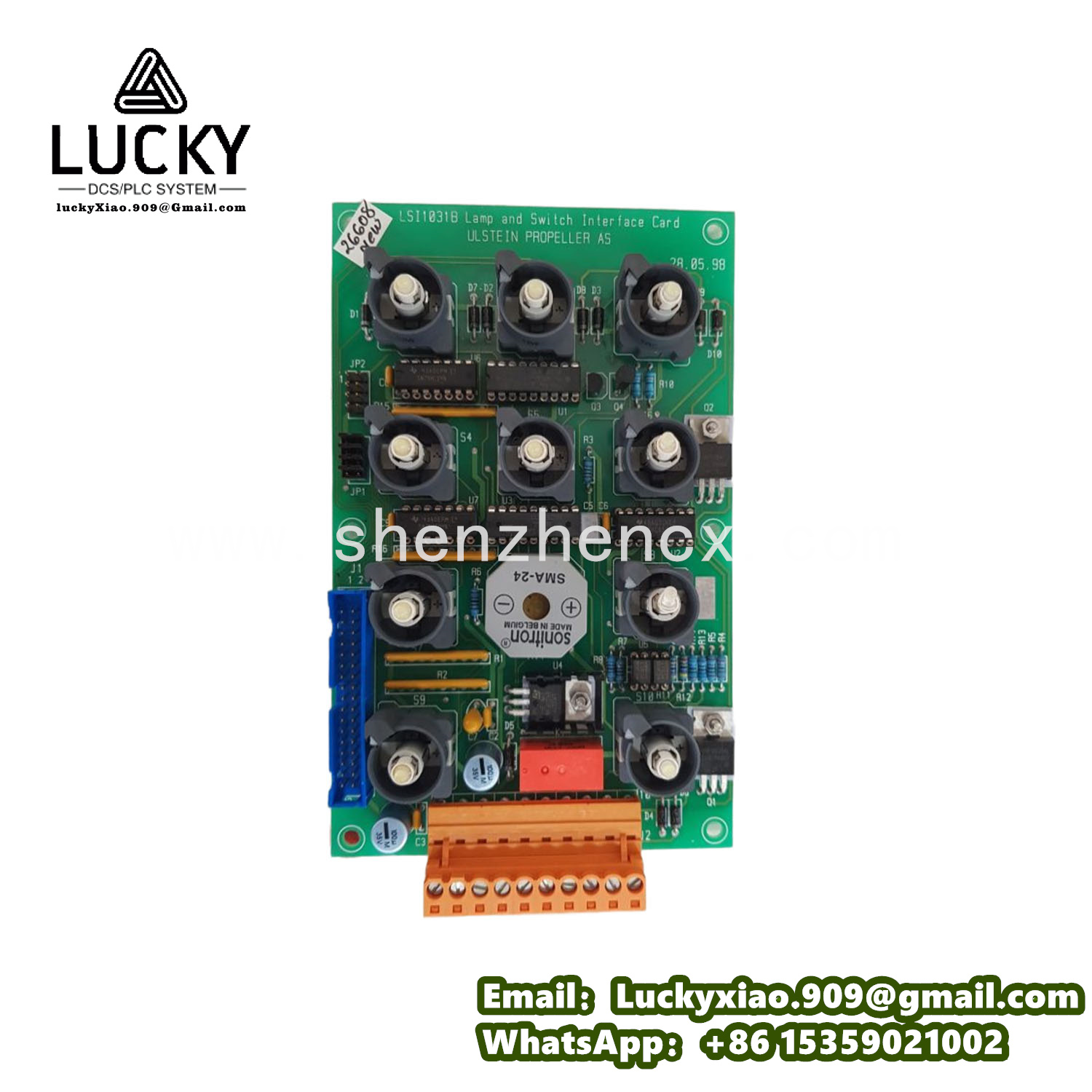
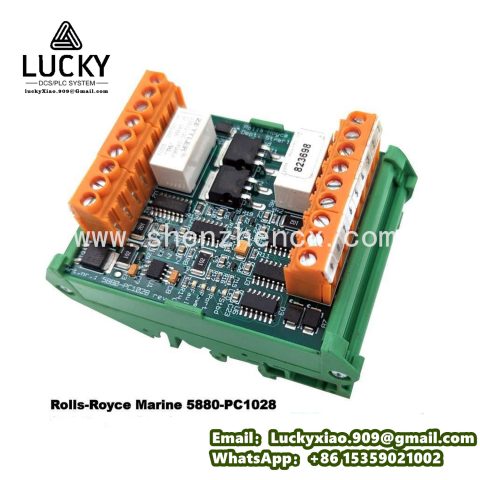
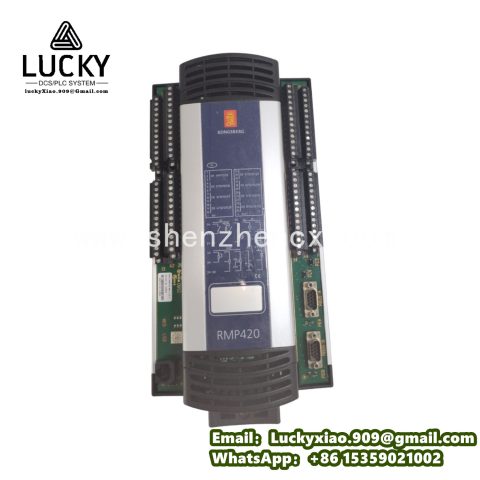
-480x480.png)
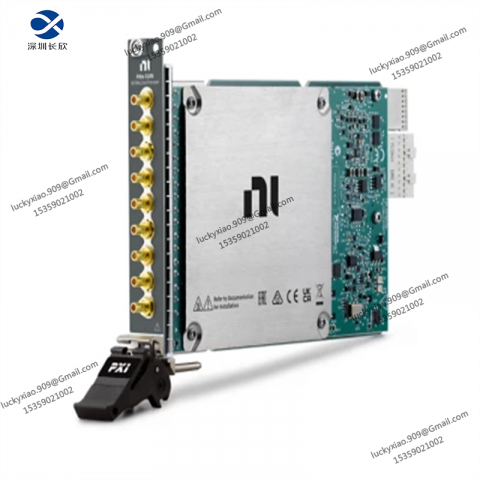
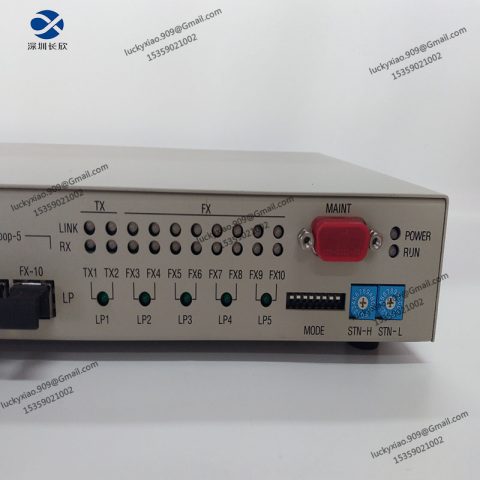
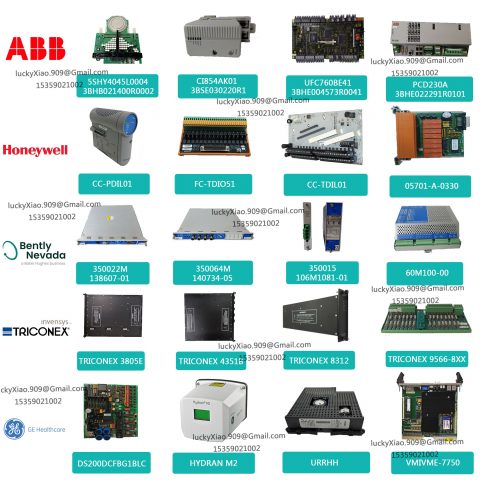
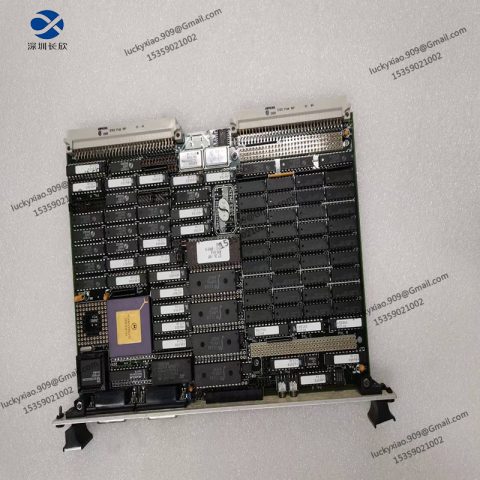
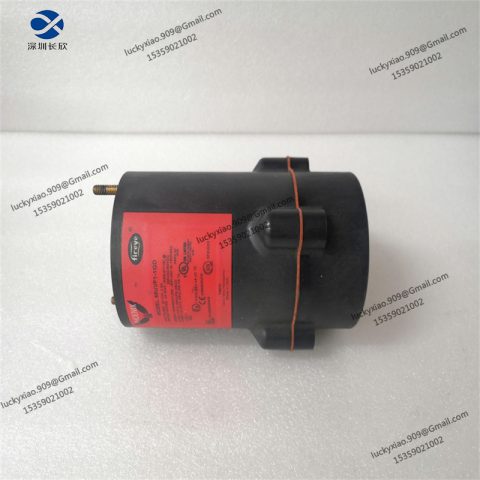
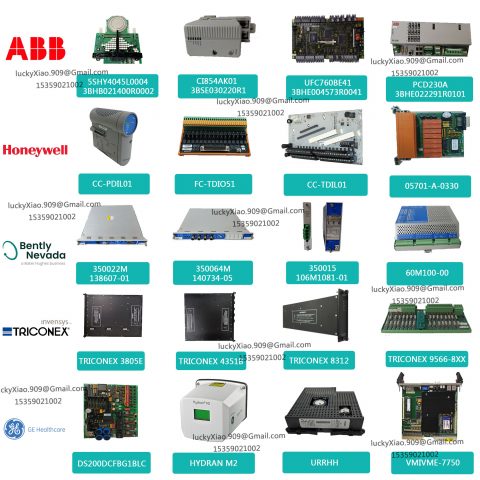
There are no reviews yet.